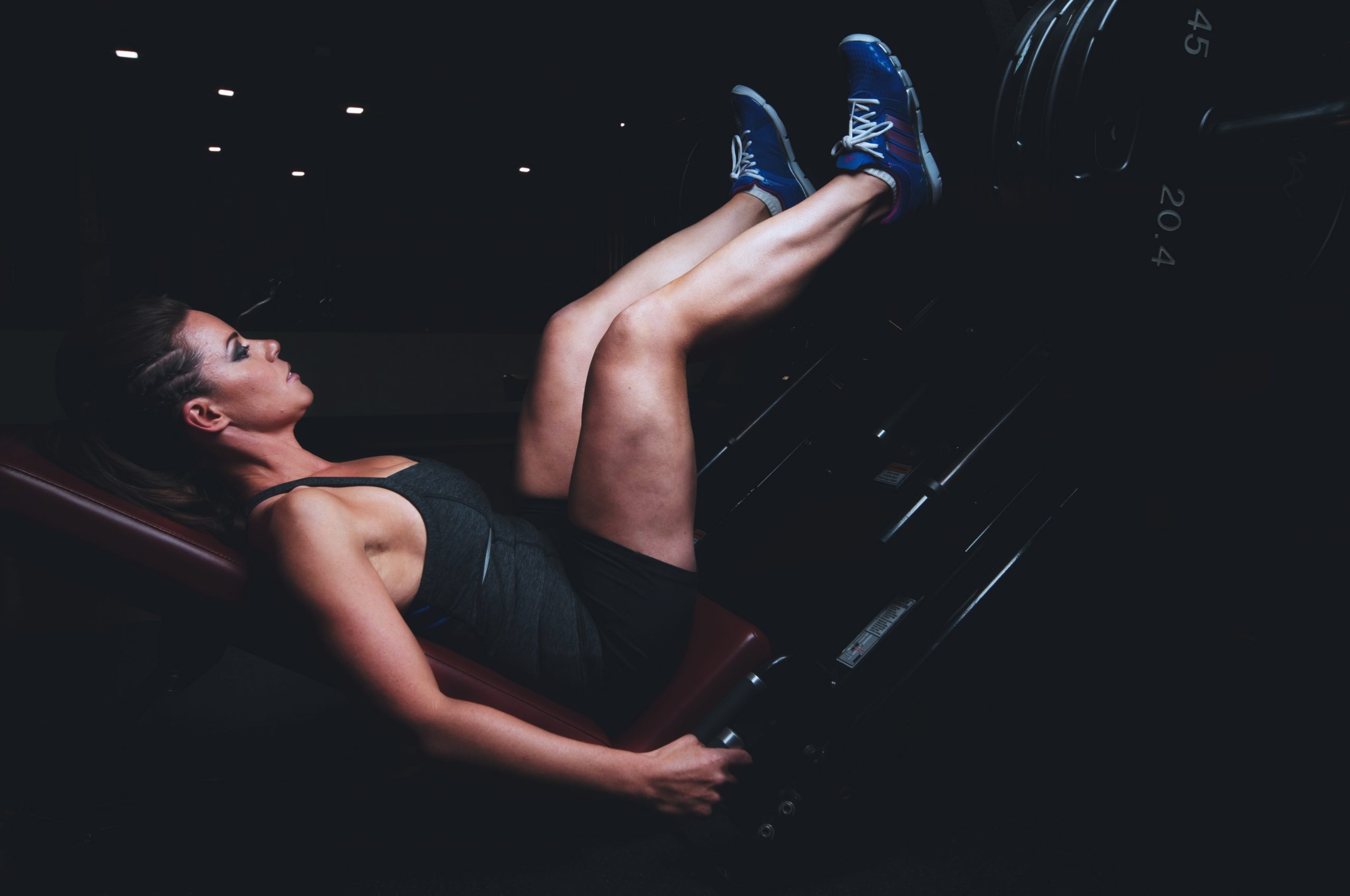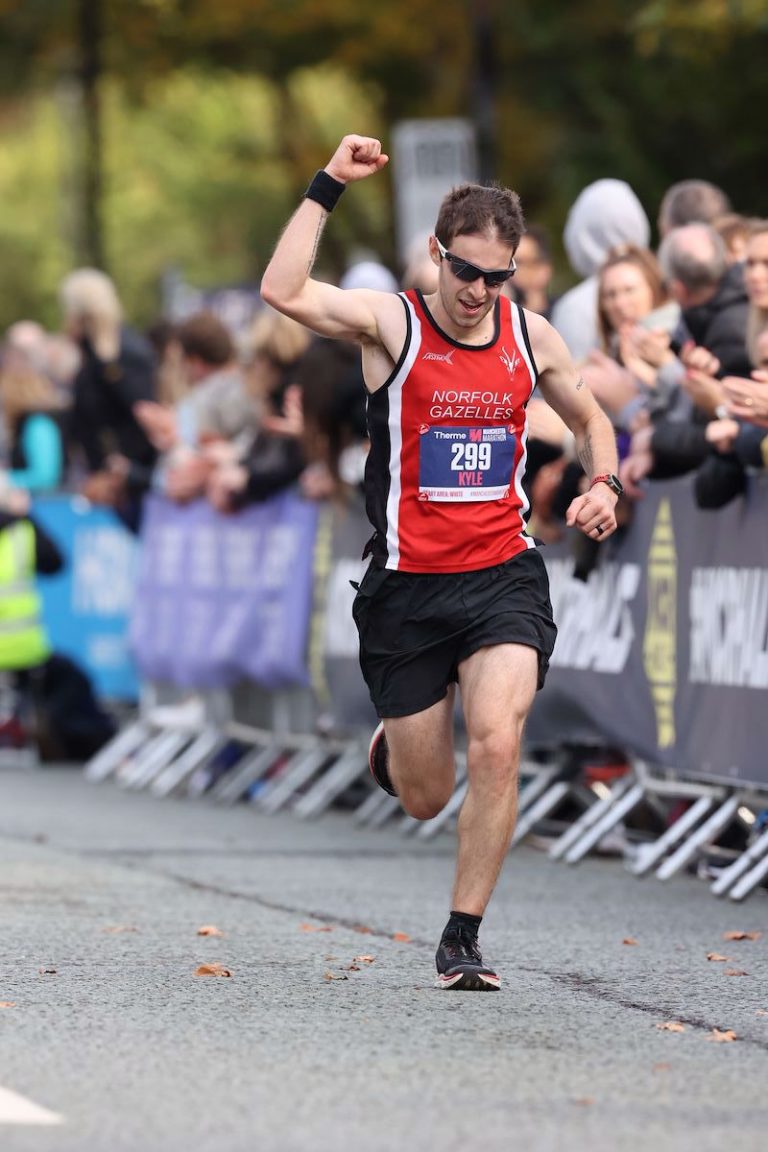Why use strength training as a runner?
Strength training has many benefits for runners. Often it’s used as part of rehabilitation for injuries and to enhance performance. Here we’ll look at these two uses in depth.
Injury recovery
If you’ve had an injury, you’ve likely Googled it or been given advice by a qualified professional, that includes strengthening the area or an associated area. Movement is often a very good idea, both in the short term as well as long term. Unfortunately many people ditch the exercises as soon as pain has diminished to what they feel is an acceptable level, only for it to return a few weeks or months later.
Injury prevention
Ideally we should be doing some form of strength work to address any known weaker areas in order to prevent injuries in the first place. You’ll never completely be rid of them, but many are avoidable since so many running injuries are overuse injuries.
If you’re like me and have a musculoskeletal condition such as scoliosis and hypermobility, strengthening your body is virtually non-negotiable if you want to run without pain. Whilst I tend to avoid heavy lifts which limits performance benefits of strength training, I can still keep injuries at bay which in itself helps me perform better since I can go long periods of time without missing any training (often well over a year without a single session adapted or missed through pain).
The types of exercises that best protect you here aren’t always that fun, and tend to focus on moderate effort with a higher degree of movement focus. It can be quite enjoyable and certainly challenging, but more in a “can I do this movement?” kind of way, rather than asking yourself if you can lift this weight for the prescribed repetitions. I’ve grown to like this side of the challenge by changing my expectations of what strengthening exercises should feel like (for me at least).
Strength training for performance
You can focus on specific exercises to more directly increase performance. It’s a more obvious benefit from the hard work, and in some ways can be more fun as you get to do more straightforward exercises, with a balance of effort and precision. Lifting something heavy is generally going to feel like more of an achievement than lifting something lighter for more repetitions or with a more difficult variation.
Deadlifts, squats, lunges and plyometric training for instance, are great if your body is in shape to take it, and adaptable to suit many people. You’ll get a boost in endurance and power with the right work, meaning longer strides and faster times over every distance.
Whether you’re using strength training to prevent injury and allow for consistent running, or progress performance directly, get good advice, start light to move well with gradual increases in resistance levels or difficulty, and keep at it to reap the benefits.
Written by Kyle Brooks, Running Coach based in Norwich, Norfolk






